Marketing Automation Services for B2B Brands
Boost funnel velocity and engage decision-makers at every stage of the buyer journey with integrated email marketing automation services that deliver on your most important business outcomes.
Accelerate your sales cycle with email marketing automation services
Disparate touch points. Hard-to-reach stakeholders. Never-ending timelines. B2B sales is rife with challenges that make it incredibly difficult to nurture prospects to close. You need to engage key decision-makers with the right information at the right time — and that requires executing personalized campaigns at scale. As an email marketing automation agency, we’re here to help.
Our marketing automation and email strategy experts have the technical expertise to help you build a robust marketing database, qualify leads and nurture prospects across every stage of the funnel. We’ll help you identify the right messaging, touch points and email cadence to ensure prospects are keeping you top of mind — not tuning you out.
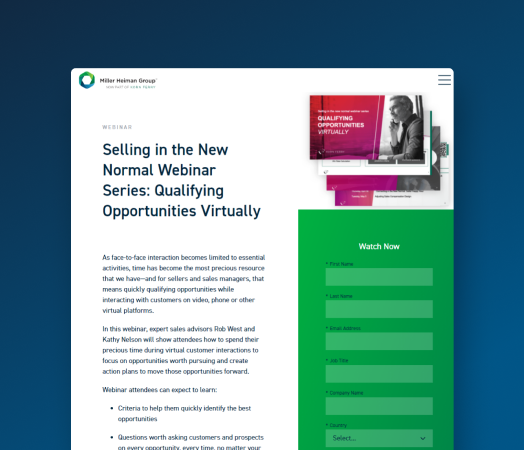
Qualify leads
With our team’s systematic analysis and precise segmentation, you can focus on fostering relationships with the leads most likely to convert.
Nurture prospects
Engage decision-makers with messaging and outreach strategies that speak to their specific needs and pain points.
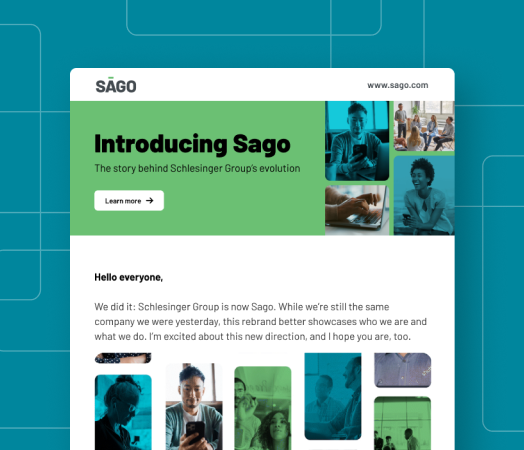
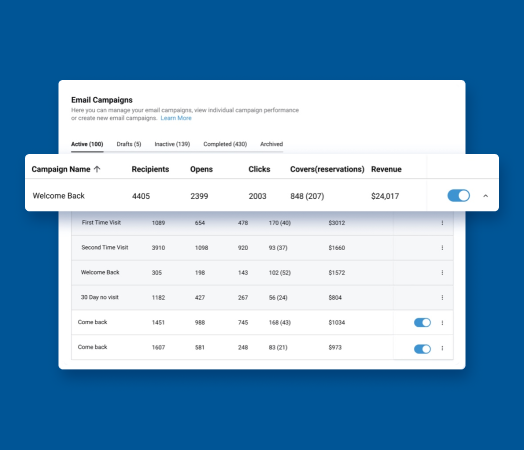
Measure ROI
Capture strategic insights and ensure attribution accuracy so you can make informed decisions about how to allocate your marketing dollars.
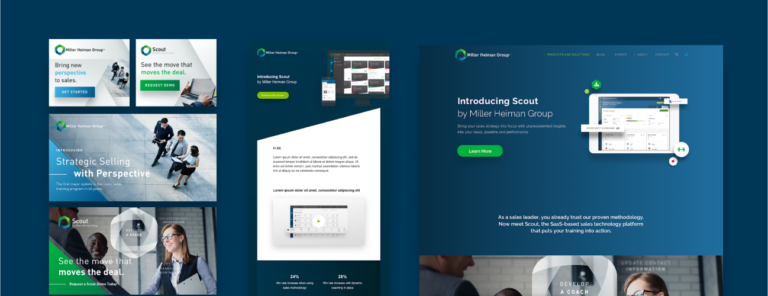
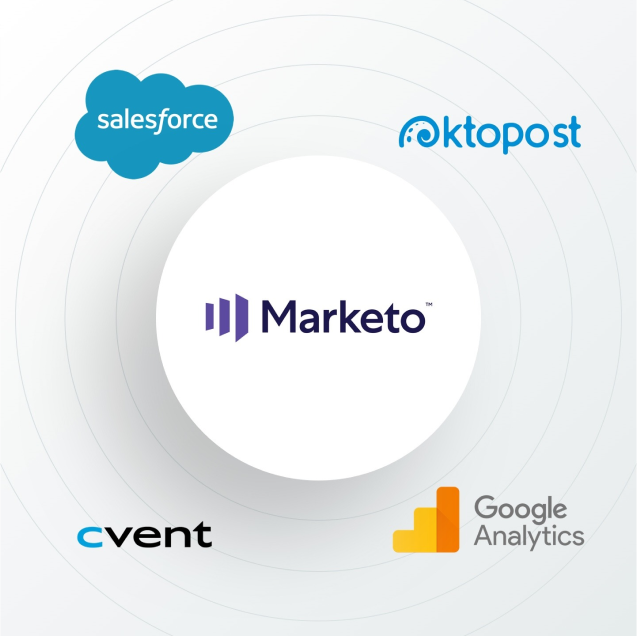

Marketing automation and email strategy services
Our automation strategy experts work as an extension of your team to streamline and accelerate demand generation efforts. We have the resources to help you:
Solve technical challenges
Our deep expertise with multiple marketing automation platforms (we’re certified experts in Pardot, HubSpot and Marketo) enables us to solve difficult CRM integration challenges and attribution issues across your martech stack.
Launch end-to-end campaigns
Evergreen, short-term, events, nurture — there are a lot of moving pieces to juggle when building an end-to-end campaign. We ensure balls aren’t dropped and brand interactions feel personalized and meaningful for every audience segment.
Craft buyer-specific content
Your marketing automation and email strategy is only as strong as the content that powers it. Our content team can support in crafting messages that resonate with high-value audiences, delivering higher open, click and delivery rates for email campaigns.
B2B Marketing Automation and Email Strategy FAQs
What is B2B marketing automation?
B2B marketing automation is the practice of using marketing technology to automate and streamline marketing processes and activities aimed at reaching prospective B2B buyers. Marketing automation enables B2B organizations to effectively and efficiently market their products or services, build and nurture relationships with potential clients and ultimately drive revenue growth.
What is email marketing automation?
Email marketing automation is the practice of using email to promote products or services, build relationships and drive business-to-business interactions. Effective email marketing relies on audience segmentation and lead nurturing strategies to deliver personalized content that strengthens relationships with key audiences and encourages them to interact with your brand.
Explore more outcomes and solutions from Walker Sands
Level up your marketing automation and email strategy.

Senior Vice President, Marketing Operations & SEO